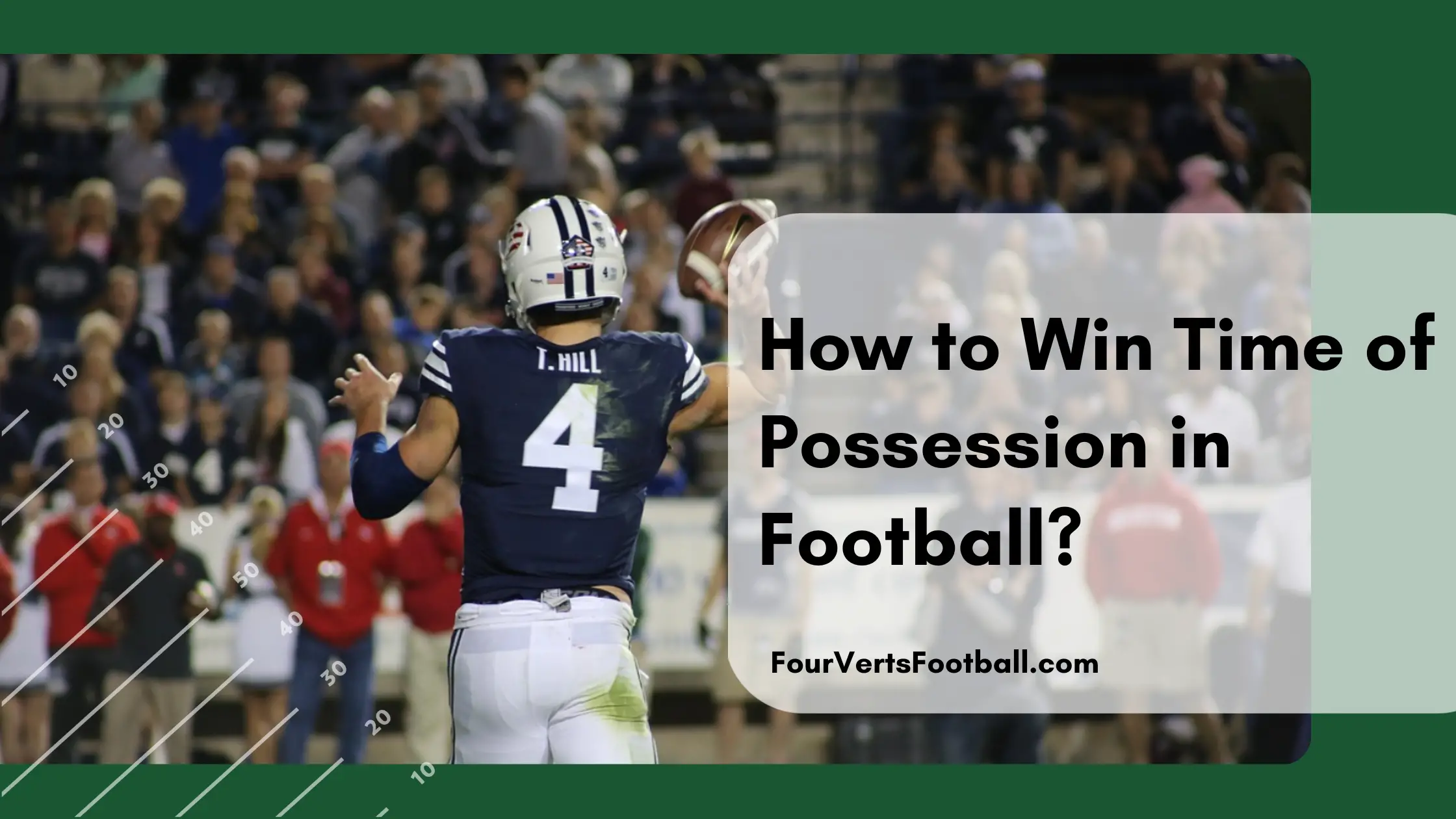Football is a game of strategy, skill, and, perhaps more importantly, managing the clock. Winning the time of possession battle isn’t just a statistic; it’s a key element that often decides the outcome of a game.
In this blog post, we’ll explore the ins and outs of mastering time of possession, breaking down the tactics that can give your team a crucial edge.
Introduction
Imagine this: your team’s offense orchestrating a masterful drive, eating up clock time while steadily advancing down the field. Not only are they putting points on the board, but they’re also keeping the opposing offense on the sidelines, impatiently waiting for their turn. This strategic ballet is what winning the time of possession is all about – controlling the game’s tempo, limiting your opponent’s opportunities, and maximizing your own.
Now, let’s delve into the playbook of time of possession mastery and discover how it can be a game-changer for your favorite football team.
Understanding Time of Possession
Before we dive into the strategies, let’s clarify what time of possession means in football. Simply put, it’s the amount of time a team controls the ball during a game. The team with the higher time of possession has more opportunities to score and keeps their opponent’s offense at bay.
While it’s not a direct indicator of victory, teams that consistently win the time of possession battle often find themselves on the winning side of the scoreboard. It’s a reflection of a team’s ability to sustain drives, convert third downs, and manage the clock effectively.
That all being said, it is worth knowing some coaches believe that time of possession is not the most important statistic.
Establishing the Run Game: Ground Control
One of the most effective ways to dominate time of possession is by establishing a formidable running game. A powerful ground attack not only chews up the clock but also wears down the opposing defense, opening up opportunities for the passing game.
Running plays are inherently more time-consuming than passing plays, as they involve multiple players and usually result in the clock continuing to tick even after the play ends. A successful running game not only moves the chains but also keeps the clock running, denying precious minutes to the opposing team.
Coaches often emphasize the importance of a balanced offense, and it’s for good reason. A strong running game not only controls the clock but also sets up play-action passes, keeping the defense guessing and adding another layer of complexity to your offensive strategy.
Short Passes and High Percentage Throws
While a dynamic passing game can be an asset, the key to winning the time of possession battle through the air is precision and efficiency. Short, high-percentage passes keep the chains moving without stopping the clock frequently.
Quarterbacks who excel at quick reads and accurate short throws can effectively maintain possession while also minimizing the risk of turnovers. This methodical approach to passing not only frustrates opposing defenses but also keeps the clock in your team’s favor.
Effective short passing also relies on the receivers’ ability to secure the ball and gain yards after the catch. A quick slant or a well-timed screen pass can turn into a significant gain, all while keeping the clock ticking away.
Third Down Efficiency: Sustaining Drives
Winning time of possession often comes down to a team’s ability to convert on third downs. A successful third-down conversion extends the drive, giving your team more opportunities to score while draining the clock.
Coaches emphasize the importance of third-down efficiency, and it’s not just about big plays. A well-executed third-and-short running play or a precisely timed pass to move the chains is a testament to a team’s ability to control the tempo of the game.
To enhance third-down efficiency, teams focus on playbook diversity. A varied set of plays keeps defenses guessing and allows the offense to exploit weaknesses. Whether it’s a short pass, a designed run, or a creative trick play, the key is to keep the defense on its toes and extend those crucial possessions.
Clock Management: A Coach’s Chess Game
While players execute on the field, clock management often falls into the hands of the coaching staff. A strategic coach who understands the importance of time can make a significant impact on a team’s time of possession.
Smart coaches know when to use timeouts, when to hurry up the offense, and when to slow things down. They are the puppet masters orchestrating the game’s tempo, using the clock as a weapon to wear down the opposing team mentally and physically.
Additionally, savvy clock management involves considering the situation. Are you nursing a lead and aiming to run down the clock? Or are you playing catch-up and need to maximize your offensive opportunities? The answers to these questions guide a coach’s decisions, influencing everything from play selection to when to unleash the two-minute drill.
Conclusion
In the intricate game of football, mastering time of possession is akin to holding the lead in a chess match. It’s about making the right moves, anticipating your opponent’s strategy, and controlling the tempo to your advantage.
Have you witnessed a game where time of possession played a pivotal role? Or do you have thoughts on other strategies to dominate this crucial aspect of the game? Share your experiences and insights in the comments below. Let’s keep the conversation flowing because, in the game of football, time is not just a statistic – it’s a game-changer!

